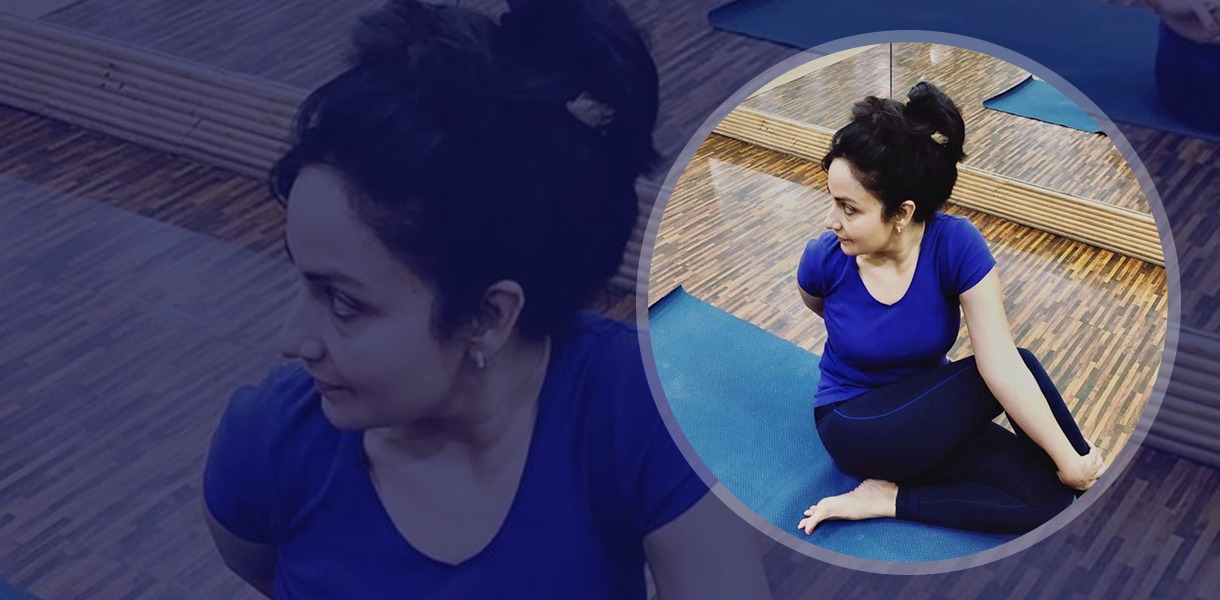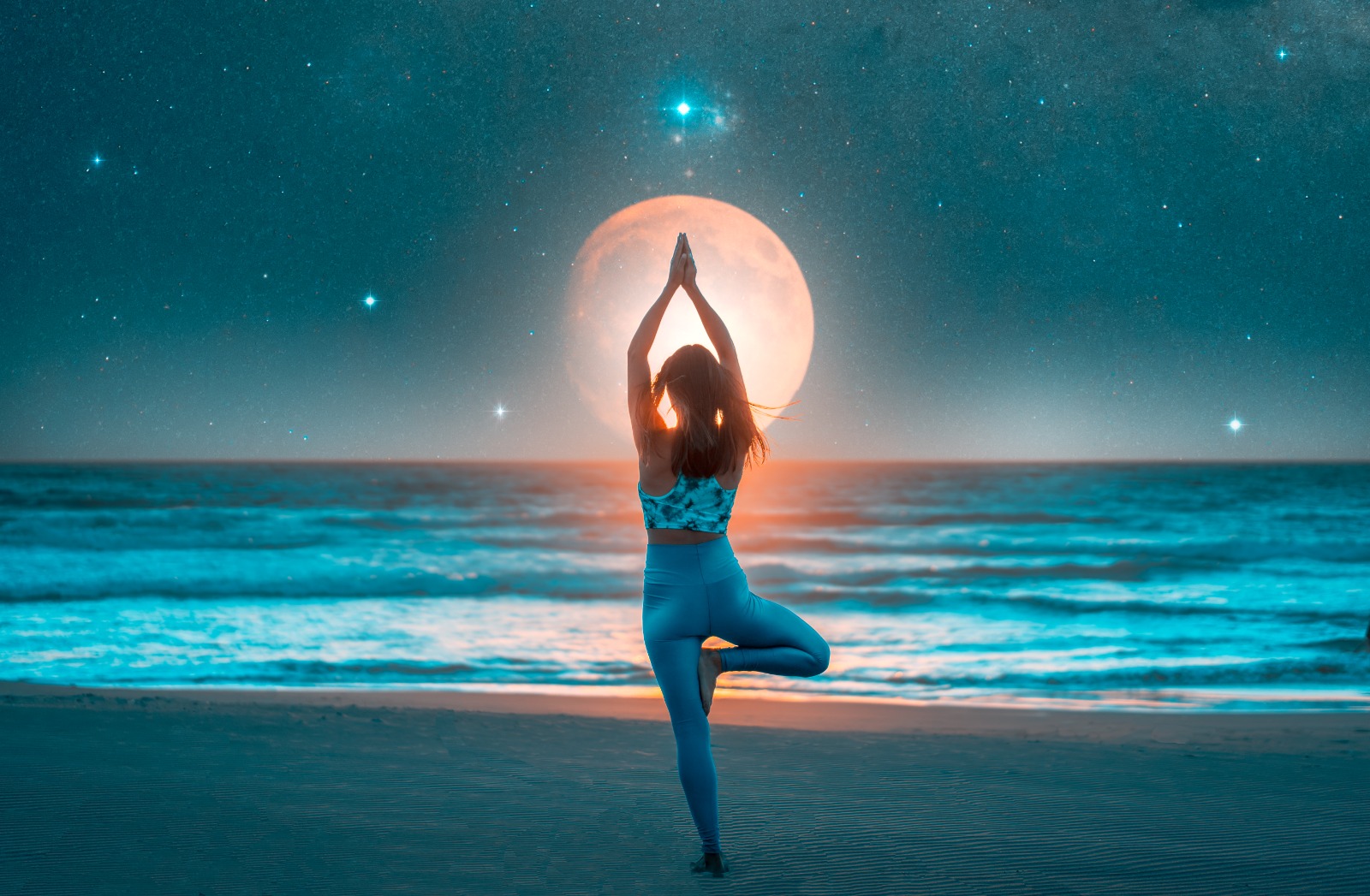
People of Odisha go by this famous saying “Bara masa re tera parva” which means they celebrate 13 festivals in 12 months. Here, the art, culture, and festivals are all intertwined and interrelated to one another.
For decades people of Western Odisha have been celebrating various unique festivals. Where they have preserved and cherished the folk culture of this region. Festivals that are celebrated here mainly emphasize the agricultural, social, and ceremonial rituals like Nua Khai, Puspuni, Pua Jiuntia, Bhai Jiuntia, Shital Sasti, Dhanu Yatra, Bali Yatra, Chhatar Yatra, Pata Khanda Yatra, Dal Khai, Karma, Danda Nrutya, etc. People here celebrate it with pomp and show. Nua Khai is celebrated with the entire family gathered around to eat the new rice from the new harvest together after serving it to the family’s deity.
Yatra’s here is an inseparable part of folk culture. Throughout the year people of Western Odisha celebrate innumerable Yatra’s in a majestic way. Yatra’s are basically divided into 6 different categories:
1. Chhatar Yatra, Karma Yatra, Kunda Deo Yatra, Budha Raja Yatra, and Khanda Dhua Yatra, Guda Khai Yatra etc.:
On such occasions, monuments are made by using stones, wood, and metals as a symbol of god and are worshipped. These are known to be lifeless statues holding religious beliefs (Jada Pratik).
2. Shital Sasti Yatra (Sambalpur), Makara Yatra (Sambalpur), Dola Yatra, Nagen Yatra (Jharsuguda), Bali Yatra:
In this, the statues of gods and goddesses are beautifully decorated for the purpose of the procession throughout the town/city.
3. Samlai Yatra (Bargarh), Budha Dangara Yatra (Kalahaandi), Chandli Patha and Bail Yatra (Sonpur), Kamgai Yatra (Bargarh), Kana Bhainro Yatra (Nuapada):
Here it is said that devotees get possessed by the goddesses (called Barua), with a religious belief that god possesses a human body, who walks from door to door to receive the offerings made and kept by the people at the bay of their house so as to satisfy the goddess who would fulfill their wishes and desires in return.
4. Kandhan Budhi Yatra(Bolangir), Pata Khanda Yatra, Maheshwari Yatra, and Kalasi Yatra (Sonpur):
In this Yatra, both the possessed (as mentioned earlier as Barua) and the symbolical image of god are worshipped.
5. Danda Yatra: Phulbani, Balangir, Sonpur
Symbolical images of god are worshipped. This was started by the Somagupta Reigns to establish Hindutva within people who were getting converted to Buddhism. Various artists arrive to perform devotional acts.
6. Dhanu Yatra:
World famous Dhanu Yatra is celebrated at Bargarh, where various artists participate to entertain people by performing mythological stories based on lord Vishnu’s avatar Krishna and his demon uncle Kansa. It is known to be the world’s biggest open-air theatre spreading across an 8km radius at Bargarh, one that finds a mention in the Guinness Book of World Records.
All these are mainly the portrayal of folk culture presented by performing various types of rituals reflecting various diversities, each holding a specific religious significance. All the mentioned Yatra’s is a way, which speaks aloud about the great heritage, rich & religious folk culture of Western Odisha.



